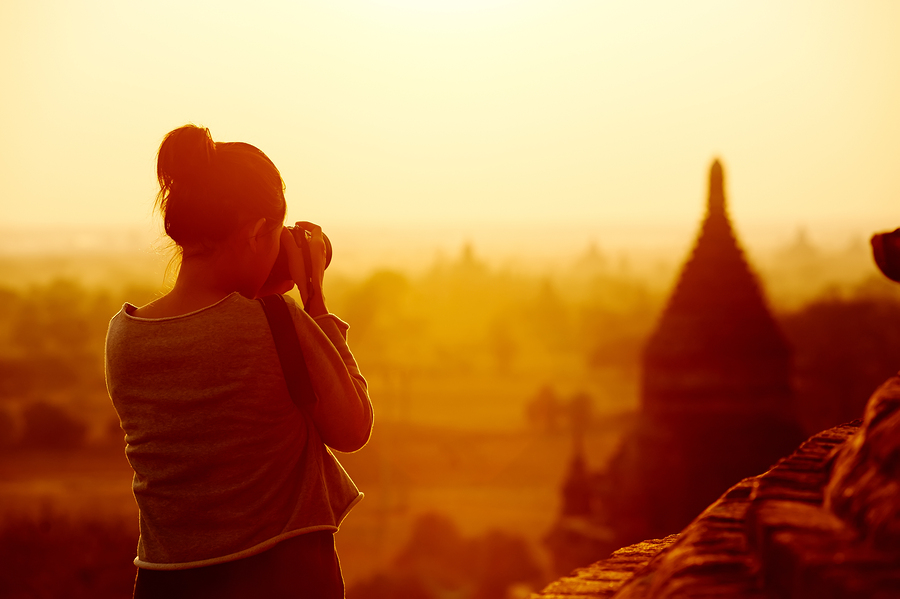
0
0
1
558
3184
Shutterstock
26
7
3735
14.0
Normal
0
false
false
false
EN-US
JA
X-NONE
/* Style Definitions */
table.MsoNormalTable
{mso-style-name:”Table Normal”;
mso-tstyle-rowband-size:0;
mso-tstyle-colband-size:0;
mso-style-noshow:yes;
mso-style-priority:99;
mso-style-parent:””;
mso-padding-alt:0in 5.4pt 0in 5.4pt;
mso-para-margin:0in;
mso-para-margin-bottom:.0001pt;
mso-pagination:widow-orphan;
font-size:12.0pt;
font-family:Cambria;
mso-ascii-font-family:Cambria;
mso-ascii-theme-font:minor-latin;
mso-hansi-font-family:Cambria;
mso-hansi-theme-font:minor-latin;}
Don’t want to miss that perfect picture on your next trip? Thinking through the kind of adventure you’re taking, and what you wish to achieve with your photos when you get back home, is a great way to determine what you’ll need to bring with you. Every photographer has different needs, but here are 7 essential items that you’ll want to pack for your next trip.

Microfiber Cloths
When you’re traveling, you don’t always have time to neatly put your things away or clean them after your excursion. Microfiber cloths can clean off dust and dirt from your equipment to help keep it as clean as possible. You can also use them to wrap your lenses and other small accessories so they don’t get damaged while traveling.

Spare Batteries & Memory Cards
Running out of battery juice, or space on your memory card, when you’re out enjoying a scenic area is the worst thing that can happen to a person … from a photo perspective anyway. Be prepared, and carry a couple of spare memory cards and batteries (along with your bottle of water and a snack, of course). They don’t take up much space and you’ll be glad you brought them.
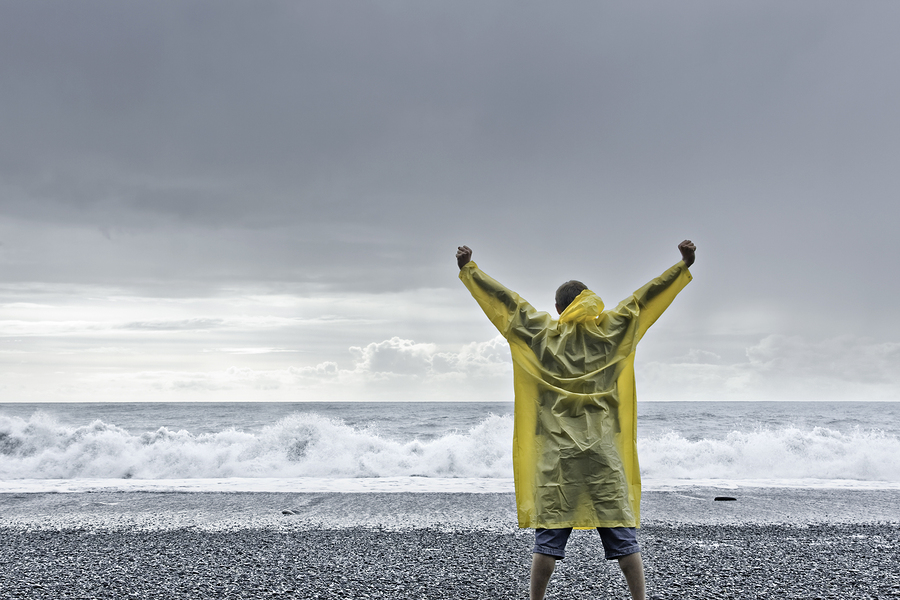
Rain Gear
I can’t tell you how many times I’ve been caught in the rain taking pictures. We all know meteorologists can get it wrong sometimes, so don’t risk getting your equipment wet. Stick some type of rain cover in your bag, whether it’s a poncho or even a shower cap. The right-sized poncho should be able to cover you and your camera, and the shower cap can be used for lenses. Some really cool pictures can be taken during a rainstorm, so make sure you’re prepared. You don’t want to have to bail on your location because it started to rain.
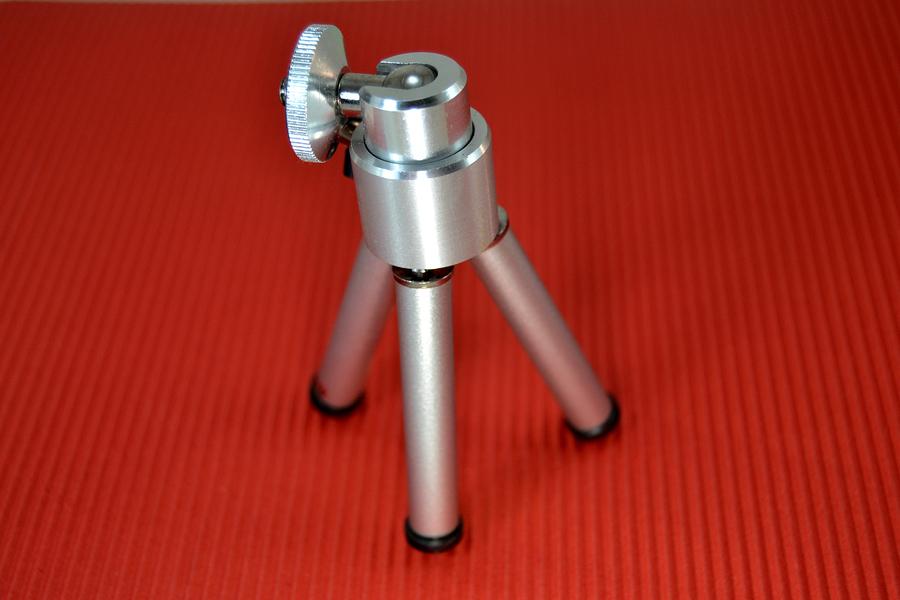
Mini Tripod
Mini tripods are small and lightweight, so they’re perfect for traveling. They are great for low-light photography as well. Flexible tripods can be placed on various objects including gates, tree branches – you name it! This allows you to get creative and capture some really interesting shots at different heights and angles.
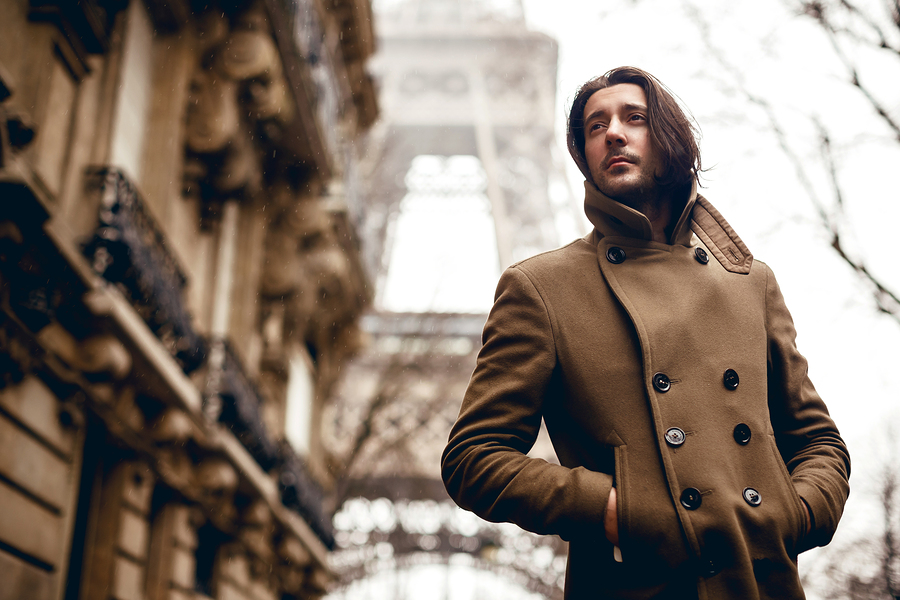
Remote Release
You’ll be taking a lot of scenic pictures on your travels. Be sure to get into a few of those pictures yourself! We’ve all had times when we want a picture with ourselves in it, but we become anxious about how the picture will turn out if someone else takes it. Using a remote release is a great way to have full control of the camera and have all the time you need. Plus you’ve got a mini tripod with you (right?), so no need to worry about where you’ll place the camera either.
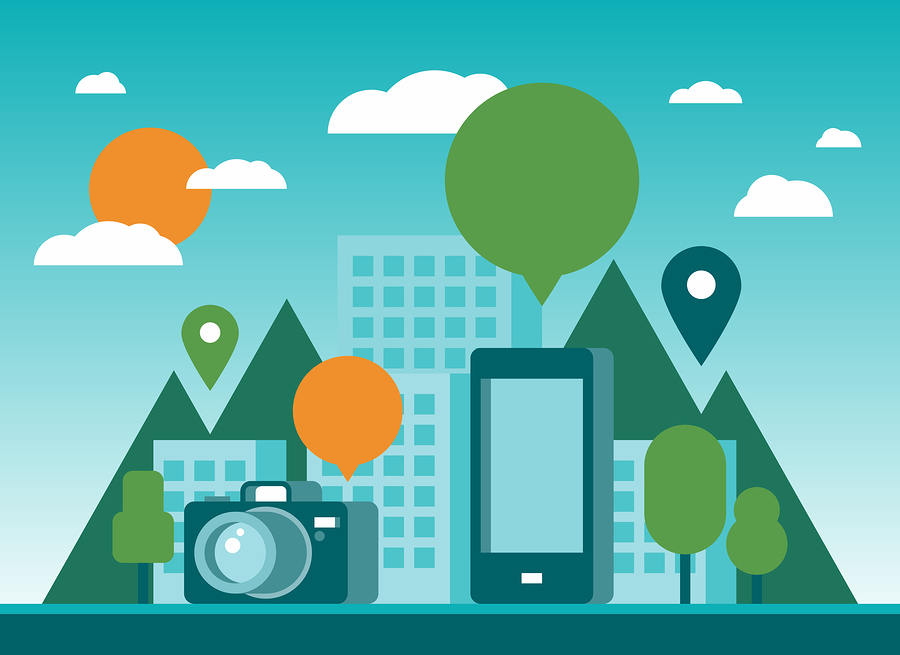
Boostcase (or other battery pack)
Sometimes you don’t have room for your big DSLR camera, so you need something smaller, like your smartphone. This is when a Boostcase comes in handy. The Boostcase will keep your iPhone charged so your battery isn’t drained when you’re ready to take that perfect shot. You’ll be using your phone for other things besides picture taking while you’re traveling (maps, texts, emails), so you’ll need to make sure it’s ready when you are.
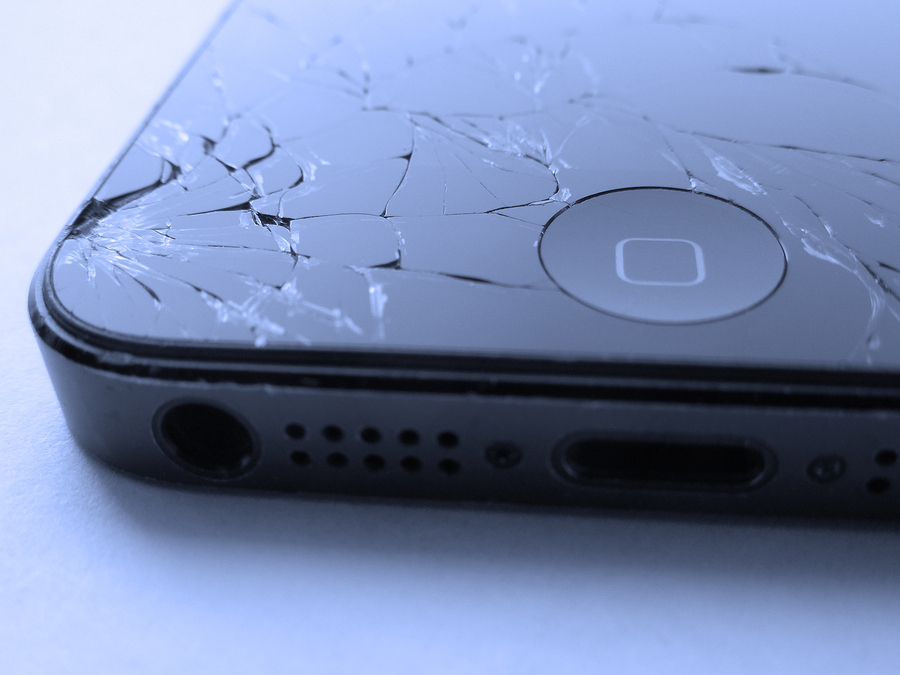
OtterBox (or a waterproof case)
If you’re planning on hiking, biking, or rafting, you’ll want to use your cellphone for a majority of your picture-taking needs. If it’s an activity that does not include water, you should consider purchasing an OtterBox, or another heavy-duty case for your phone. That way if you do drop it, you don’t end up smashing the entire phone and getting zero pictures of your adventure. If you are planning on shooting something in or near the water, purchase a waterproof case. Some really cool pictures can be taken while you’re in the water, or even underwater, so you don’t want to miss out on these opportunities.
About the Author
0
0
1
39
223
Shutterstock
1
1
261
14.0
Normal
0
false
false
false
EN-US
JA
X-NONE
/* Style Definitions */
table.MsoNormalTable
{mso-style-name:”Table Normal”;
mso-tstyle-rowband-size:0;
mso-tstyle-colband-size:0;
mso-style-noshow:yes;
mso-style-priority:99;
mso-style-parent:””;
mso-padding-alt:0in 5.4pt 0in 5.4pt;
mso-para-margin:0in;
mso-para-margin-bottom:.0001pt;
mso-pagination:widow-orphan;
font-size:12.0pt;
font-family:Cambria;
mso-ascii-font-family:Cambria;
mso-ascii-theme-font:minor-latin;
mso-hansi-font-family:Cambria;
mso-hansi-theme-font:minor-latin;}
Kimberly Kurimski is the Content Manager for Cover Story Media®, Inc. where she helps write for different brands including A Secure Life, Canine Journal, and We Rock Your Web.


